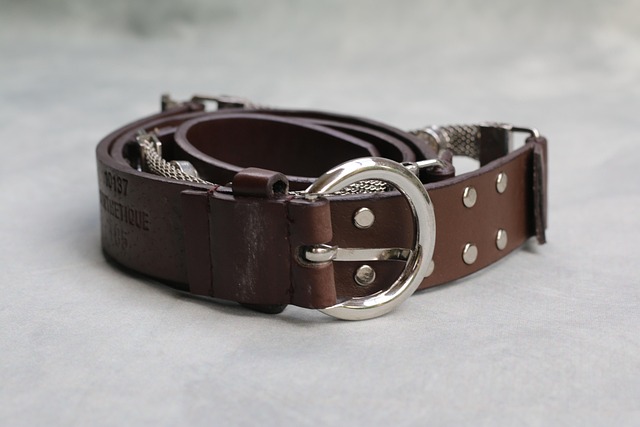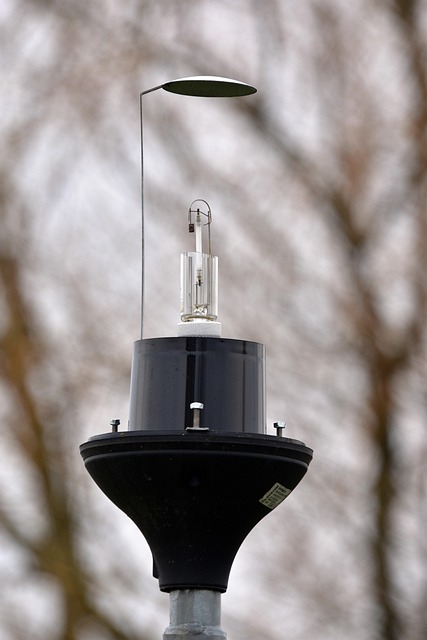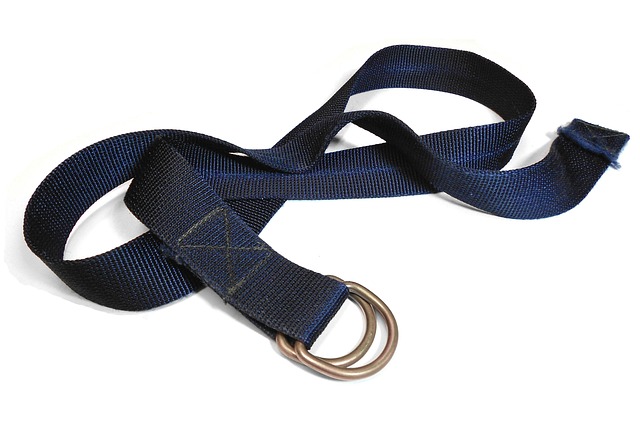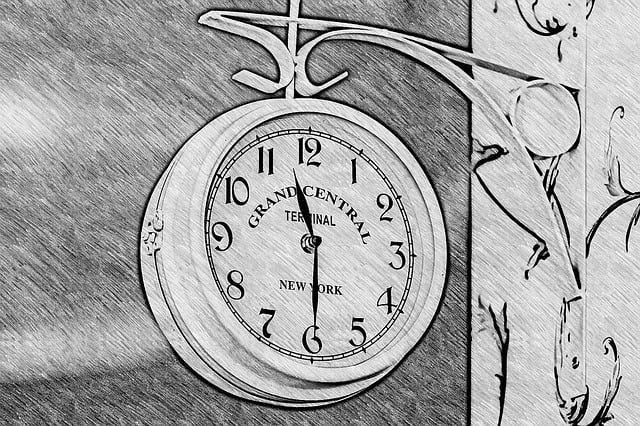The timing belt, a critical engine component, requires timely replacement (60,000-100,000 miles or 5-7 years) to prevent damage. Regular inspection, monitoring wear, and choosing compatible high-quality belts are essential. DIY installation is feasible with proper tools, but adhering to manufacturer guidelines ensures a safe, effective Select Timing Belt Replacement. Post-replacement care includes regular maintenance, oil changes, and following manufacturer intervals for optimal engine performance and longevity.
Your engine’s timing belt is a vital component, ensuring smooth operation and maximizing your vehicle’s performance. This guide delves into the essential aspects of timing belt replacement, providing insights on understanding its function, recognizing when it needs replacing, and choosing the right type for your vehicle. Learn the steps involved in the replacement process and discover post-care tips to ensure longevity, making informed decisions regarding your engine’s lifeline—the select timing belt.
- Understanding Your Engine's Timing Belt
- When to Replace: Signs and Milestones
- The Process: Steps for Timely Replacement
- Choosing the Right Timing Belt Type
- Post-Replacement Care: Ensuring Longevity
Understanding Your Engine's Timing Belt

The timing belt is a crucial component in your engine’s operation, synchronizing the rotation of the crankshaft and camshaft to ensure smooth and efficient performance. Understanding its role and knowing when to replace it is essential for maintaining your vehicle’s longevity. The timing belt, often made of durable material like rubber or composite, connects the engine’s internal components, allowing them to work in harmony.
When considering a select timing belt replacement, it’s important to follow a step-by-step guide (auto shop timing belt) provided by manufacturers. Regular maintenance and timely replacements, typically every 60,000 to 100,000 miles or as recommended by your vehicle’s manual, can prevent costly engine damage. A v-belt replacement instructions should be readily available from most auto shops, ensuring the process is done correctly to avoid complications.
When to Replace: Signs and Milestones

The decision to replace your engine’s timing belt is crucial and depends on several factors. While a DIY timing belt change can be accomplished with proper knowledge and tools, it’s essential to consider the vehicle’s age and condition. A general rule of thumb is to monitor your car maintenance scheduling, aiming for replacement between 60,000 to 90,000 miles or every 5-7 years, whichever comes first.
Signs of a bad timing belt are indicators that prompt this decision. Keep an eye out for unusual noises, such as squealing or knocking, especially during engine operation. Performance issues like loss of power, increased fuel consumption, or misfires can also signal a problem. Regular checks and prevention tips for timing belt failure, including timely servicing and prompt attention to these milestones, are key to maintaining your engine’s longevity.
The Process: Steps for Timely Replacement

The process of selecting and replacing your engine’s timing belt is a crucial aspect of routine maintenance that cannot be overlooked. It involves several steps, which, when executed properly, ensure the longevity and smooth operation of your engine. Firstly, it’s essential to identify when a replacement is necessary. Regular inspection and monitoring of the belt’s condition can help determine its remaining service life. Wear, cracking, or stretching are clear indicators that a change is in order.
Once the need for replacement is established, acquiring the right timing belt becomes paramount. This involves selecting a part that is compatible with your engine specifications. Many modern vehicles have specific requirements, and using the incorrect belt can lead to serious consequences. After choosing the appropriate belt, the actual installation process begins. Some car owners opt for a DIY approach, which requires careful following of instructions and a good understanding of engine mechanics. A fast turnaround time for timing belt replacement is achievable through efficient planning and access to the necessary tools, making do-it-yourself installation a viable option for those comfortable with automotive tasks.
Choosing the Right Timing Belt Type

Choosing the right timing belt type is a crucial step in maintaining your engine’s lifeline. When selecting a replacement, consider factors like your vehicle’s make and model, as different cars require specific belts designed for optimal performance and longevity. A high-quality timing belt kit, which includes all necessary components, should be your first choice. This ensures efficient timing belt replacement and prevents future failures.
Remember that regular car maintenance scheduling includes checking the state of your timing belt. Signs of a bad timing belt include unusual noises, irregular engine performance, or leaks around the belt. If you notice any of these issues, it’s essential to act promptly. Preventive tips for timing belt failure include adhering to manufacturer-recommended replacement intervals and using genuine parts when purchasing a timing belt kit. This combination ensures your car’s engine remains in top condition, avoiding costly repairs down the line.
Post-Replacement Care: Ensuring Longevity

After successfully replacing your engine’s timing belt, proper post-care becomes essential for ensuring its longevity and maintaining optimal performance. This includes adhering to recommended maintenance schedules set by your vehicle manufacturer. Regular oil changes, for instance, play a vital role in keeping your engine’s internal components well-lubricated and protected from wear and tear.
Additionally, considering the timing belt kit purchase and following a step-by-step guide for future replacements can help you stay proactive. Knowing when to replace the timing belt—typically based on mileage or age—is crucial as it prevents potential engine damage caused by a broken timing belt. By staying vigilant with these post-replacement care practices, you contribute to your vehicle’s overall durability and performance over time.
Regularly attending to your engine’s timing belt is paramount for optimal performance and longevity. By understanding its functions, recognizing signs of wear, and adhering to timely replacement guidelines, you ensure your vehicle’s smooth operation. After selecting the right timing belt type, proper post-replacement care becomes crucial, including regular maintenance checks and minimizing extreme operational conditions. Remember, a well-maintained timing belt is the lifeline of your engine, preventing costly repairs down the line. When it comes to selecting Timing Belt Replacement, choosing quality components and trusting certified technicians makes all the difference in keeping your vehicle running strong.
